
TieBacks
Helical tiebacks utilize proven engineering methods to secure and provide tension resistance for retaining walls, guy wires for power poles and towers, and slope retention. They can be combined with push piers or helical piles to provide combined tension and compression design capacities. Because of this, tiebacks are a very versatile product.
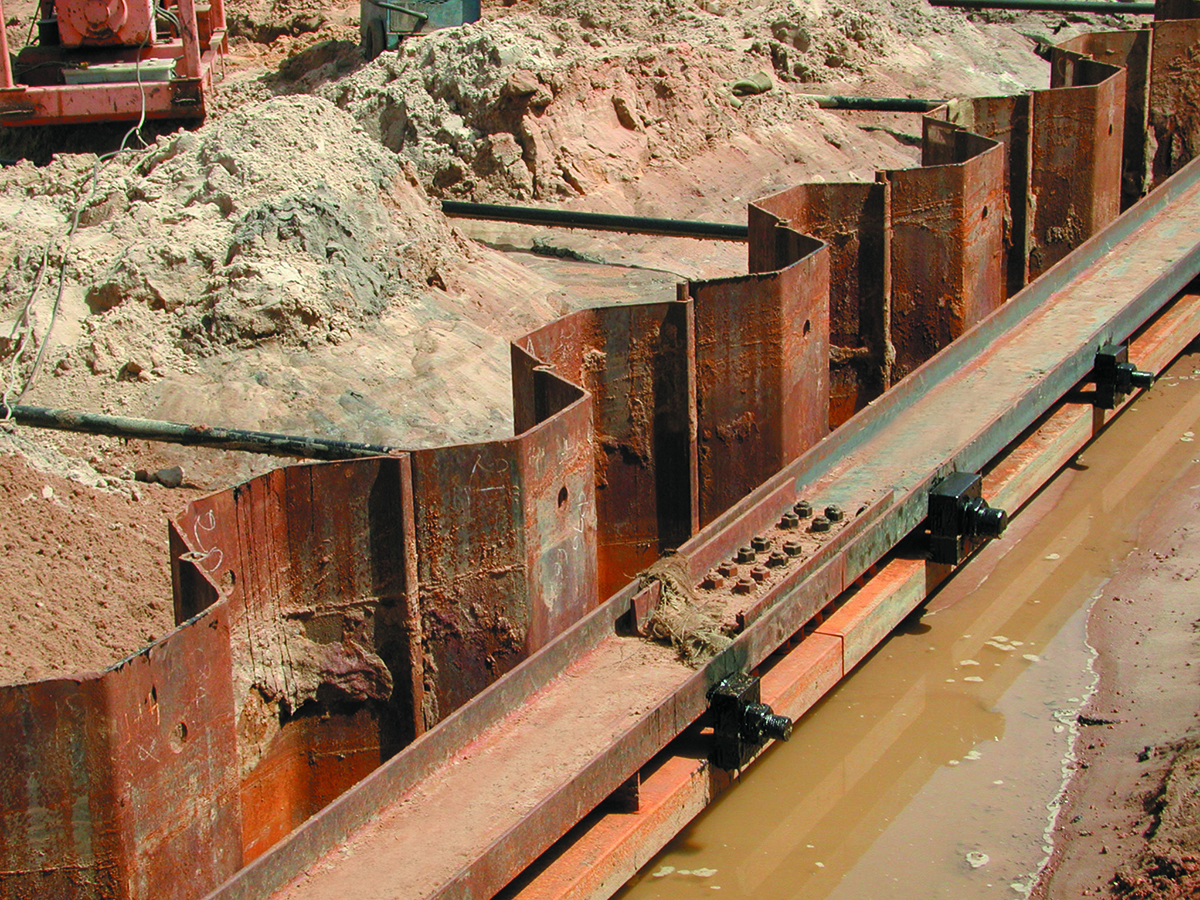
Retaining walls Steel Piling Group
Ram Jack's helical tie-back anchor is a steel shaft with round helix plates used to reinforce walls for lateral stability. Our helical anchors are rotated into the ground much like a screw into wood. With one end of the tie-back secured to the wall, the tie-back is rotated into the ground at an angle to sustain the wall against lateral loads.
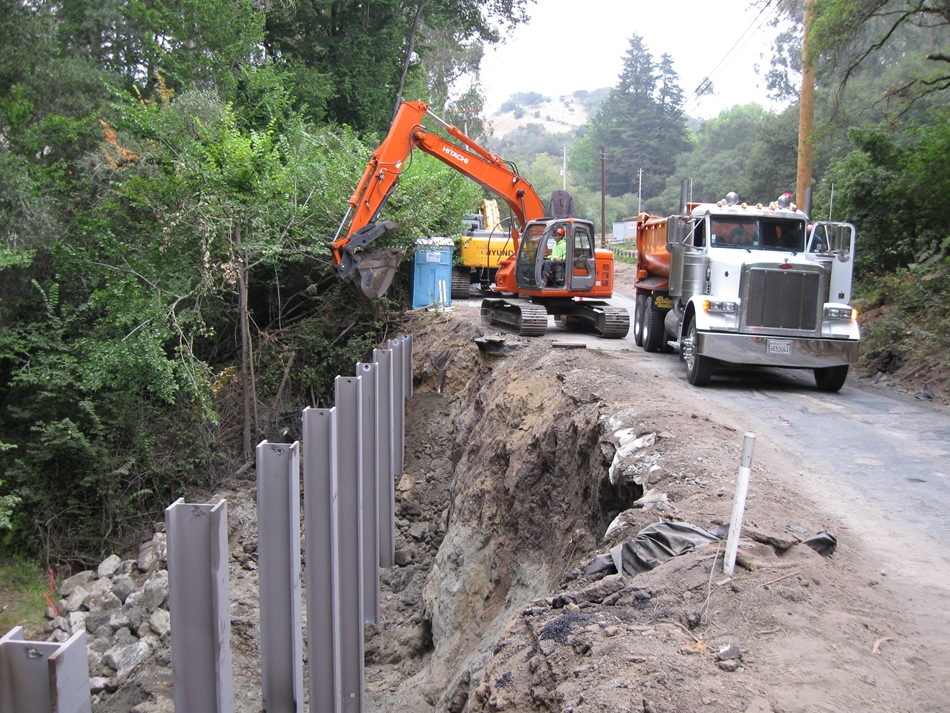
TieBacks
On this project I'm demonstrating how to tie a seawall or retainer wall back properly. Using a piling system or a manta ray earth anchoring system

Anchored Retaining Wall Tie Back Construction Schnabel
Protect Your Home with. Wall & Earth Anchoring Tiebacks. Terratec offers various wall and earth anchoring tieback systems specifically designed for earth retention, providing additional stability on geotechnical and remedial projects. When additional support is required for retaining walls, excavations, abutments, structures, and other support.
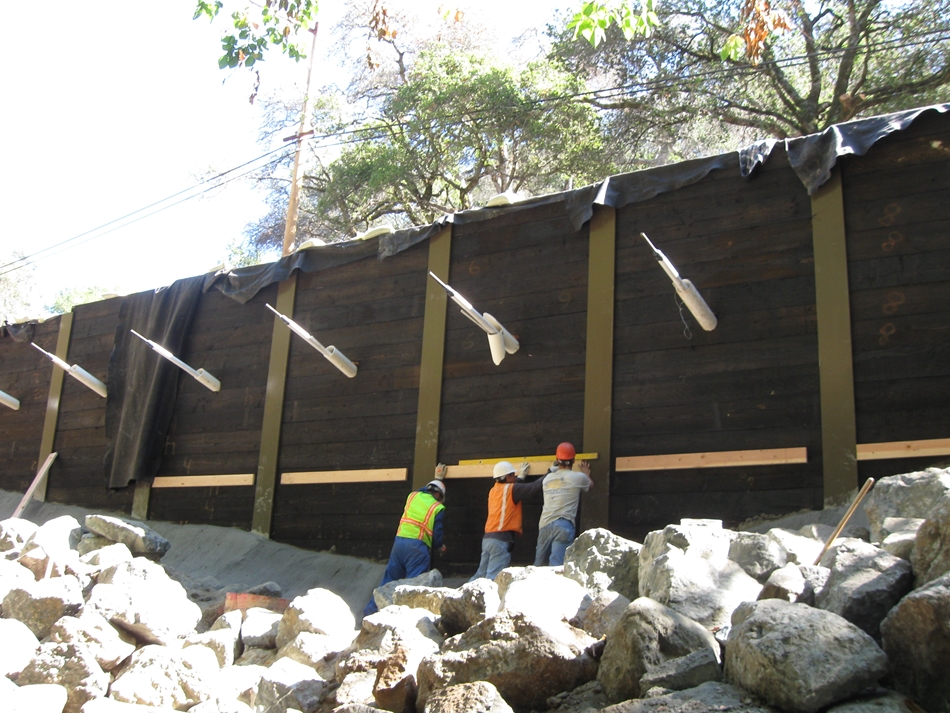
TieBacks
Tied-back retaining walls were used originally as a substitute for braced retaining walls in deep excavations. Ground anchor tie-backs were used to replace bracing struts that caused congestion and construction difficulty within the excavation.

Pinnacle Design/Build Group, Inc. Tieback Anchored Retaining Walls
How retaining wall anchor tie-back installation works using a Quickvise with Bullet or Arrowhead anchors The 4-step installation sequence Quickvise installation tips Pullout strength chart Product specification information

tie back anchors retaining walls fillingimtrautman
Tie back walls are often constructed with shotcrete but can also be comprised of cast in place concrete, Lock Block Walls, MSE walls, Gabion Walls, Sheet Pile walls and many other hybrid types. These walls all are tied back into the slope using some sort of anchoring system.
.JPG)
Pinnacle Design/Build Group, Inc. Tieback Anchored Retaining Walls
Helical tiebacks are typically used in situations where a retaining wall has started to bow or tilt due to the pressure from the soil or water it is holding back. The tiebacks are installed into the soil behind the retaining wall. They are then attached to the wall to provide additional support and prevent further movement.
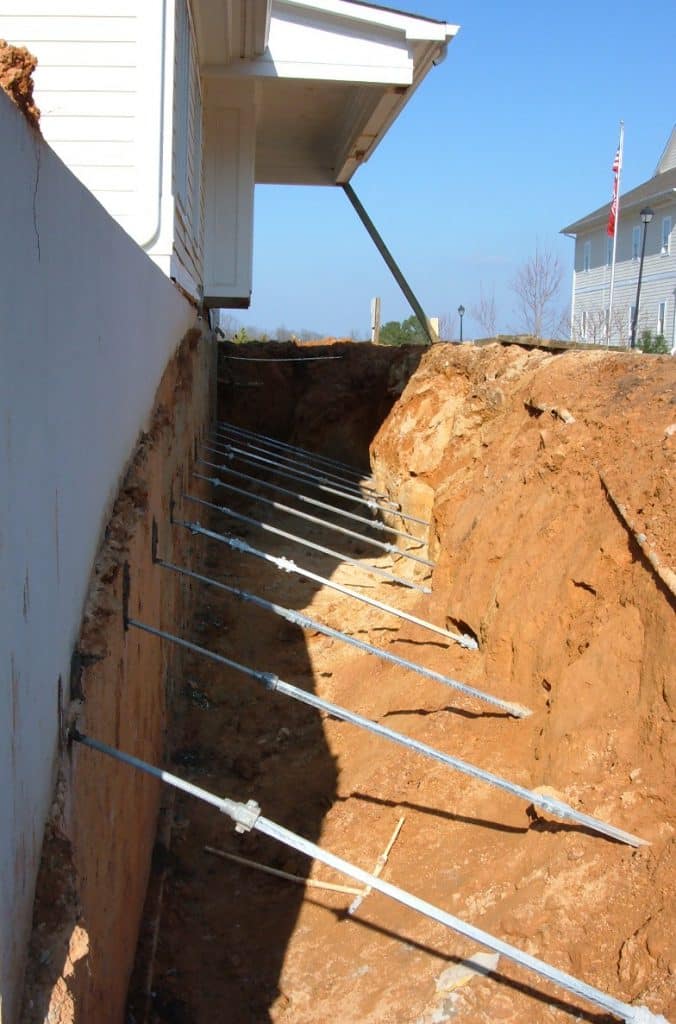
Residential Helical Tiebacks in Atlanta, GA by Atlas Piers
Tieback Wall Design and Construction Final Report to the Alabama Highway Research Center Frazier Parker, Jr., Director Dr. David J. Elton, P.E. James E. Whitbeck September 24,1997 Table of Contents
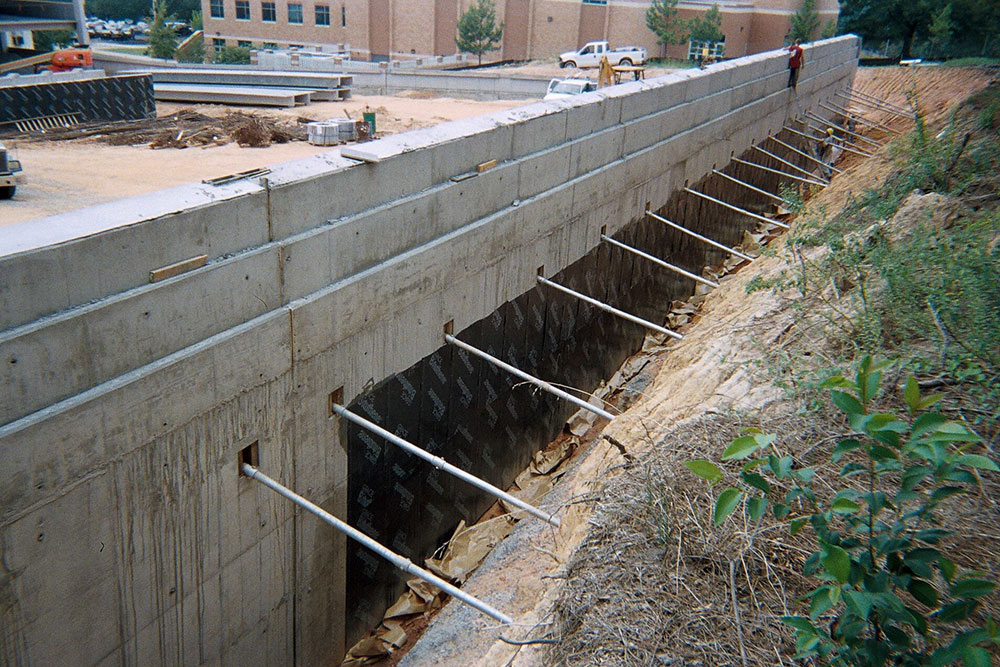
How to fix a retaining wall quickly and with zero hassle
Helical tiebacks are a system of screw shafts, rods and other items that can be used to support, strengthen and anchor retaining walls or bowed walls. Helical earth anchor tiebacks have become the industry's most popular method of anchoring structures, from house foundations to retaining walls.
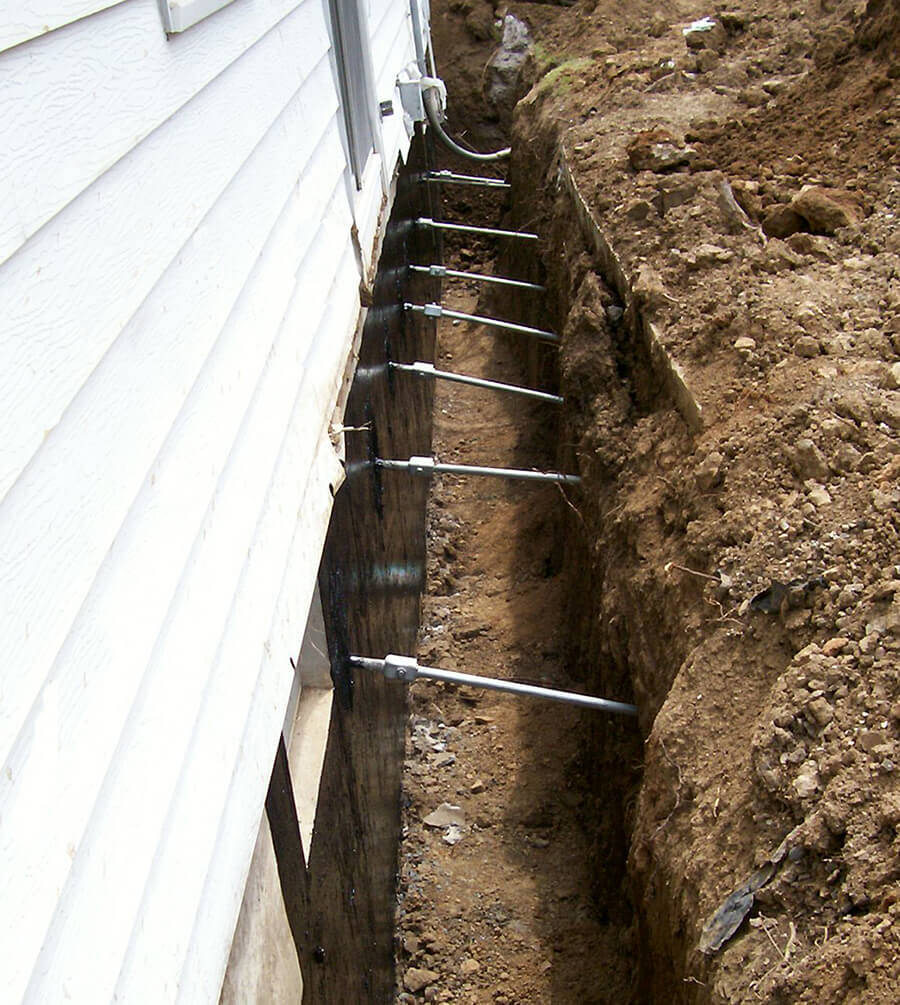
Tie Back System Foundation ResQ
Anchor terminations fit a threadbar or provide a threaded stud to work with pre- or site-fabricated structural wall connection. Other termination fittings also are available. In some cases, the through-hole at the shaft end may be simply cross-pinned. Anchor System 1" threadbar adapter for 1-1/2", 1-3/4"and 2" tieback anchor types

Anchored retaining walls/Tie back systemAdvantages Vincivilworld
Tieback construction bolsters an excavation support system or retaining wall by anchoring into the soil behind an excavation. Tiebacks are similar to tiedowns which provide vertical support to a foundation to resist hydrostatic uplift, wind and seismic loads.
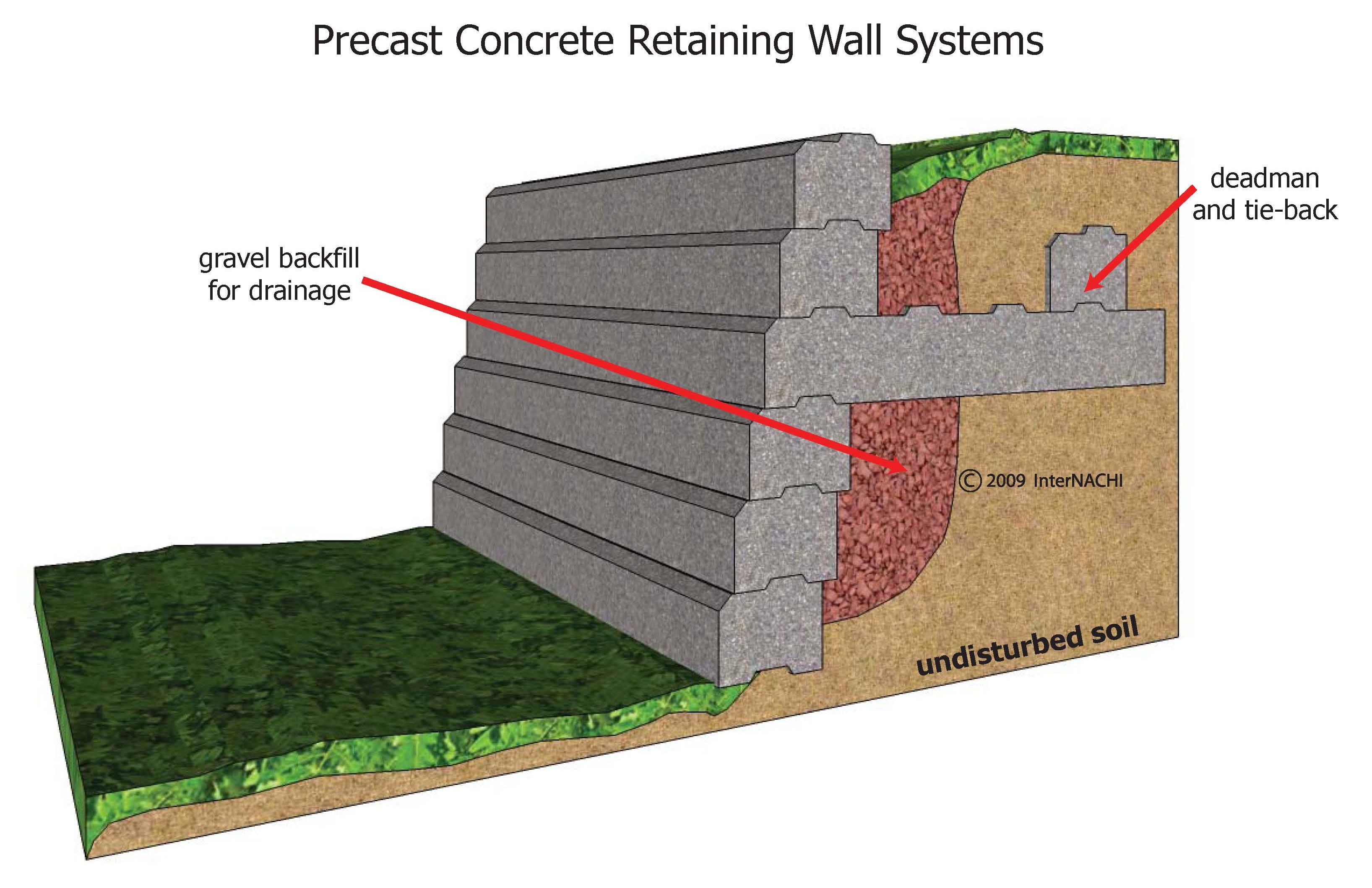
Precast Concrete Retaining Wall with Deadman and tieback Inspection
How Wall Tiebacks Are Installed Helical anchors are commonly used in the repair of both concrete retaining walls and basement walls, transferring tension loads from the existing foundation to a soil suitable for the load. In order to stabilize bowed basement walls using tiebacks, it's necessary to relieve the pressure pushing on the walls by.

Pinnacle Design/Build Group, Inc. Tieback Anchored Retaining Walls
Tieback Anchors are retaining wall anchoring systems used to horizontally reinforce and stabilize permanent and temporary structures subjected to lateral loads from earth and water.

Tieback a horizontal wire or rod, or a helical anchor used to
A wall anchor is a method for reinforcing a bowing wall. It's normally used when a wall is bowing more than 2 inches, which is when carbon fiber straps are no longer advisable.

Pinnacle Design/Build Group, Inc. Combination Retaining Walls
Family Handyman Gravity, along with the slope, directs most of the weight and pressure of the fill toward the lower part of the retaining wall. Since soil weighs a beefy 100-plus lbs. per cu. ft., you need some pretty heavy material — large retaining wall blocks, boulders, timbers or poured concrete — to counteract the pressure.